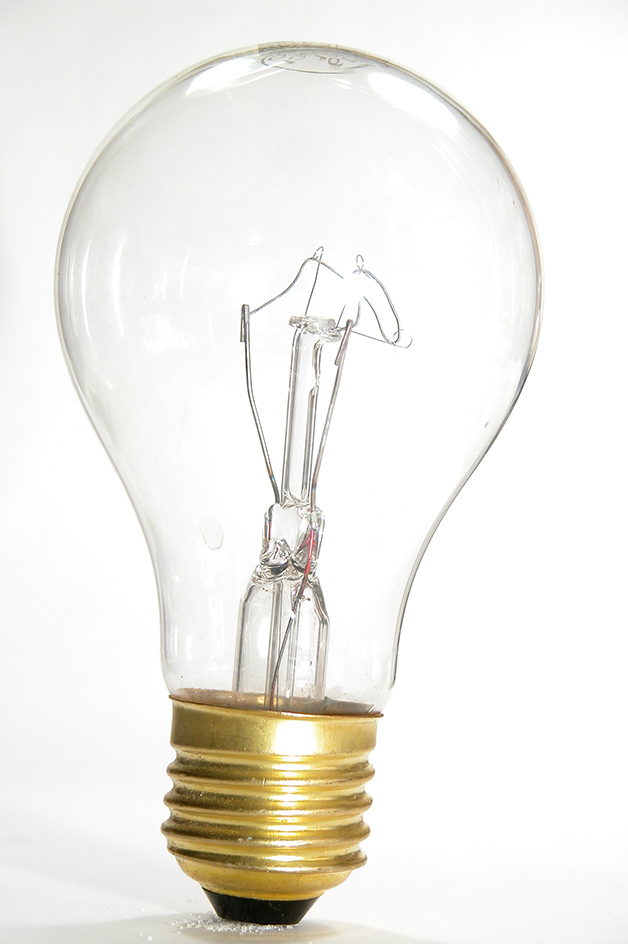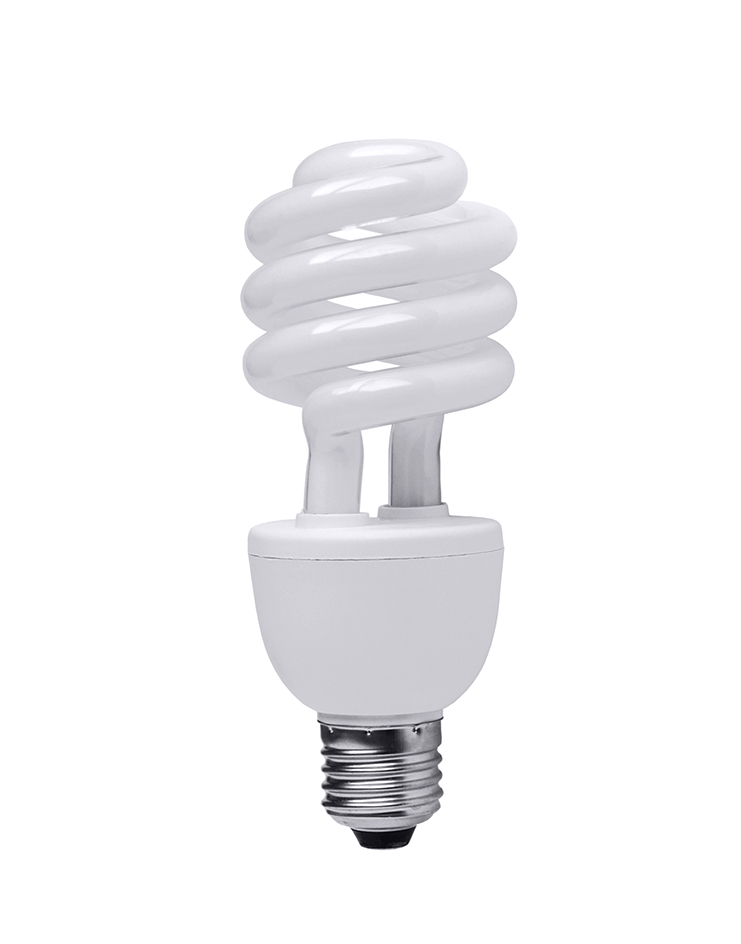Light bulb is a container, usually made of glass, holding materials that give off light when powered by an electric current. There are several types of light bulbs, also called lamps. Incandescent bulbs were the first kind invented. They use thin metal wires called filaments. The filament glows when an electric current runs through it. Compact fluorescent lights or lamps (CFL’s) pass electric current through a glass tube filled with gas, causing the glass coating to glow. Some bulbs contain light-making devices called light-emitting diodes, or LED’s (see Light-emitting diode ).

Humphry Davy, a British chemist, demonstrated the principle of an incandescent light bulb in 1802. He showed that running electric current through strips of platinum made the strips glow. But Davy’s light was too expensive and impractical for common use. In the late 1870’s, the English scientist Joseph Swan invented a light bulb with a cotton-based carbon filament. Around the same time, the American inventor Thomas Edison began experimenting with light bulb design. His assistants used vacuum pumps to take the air out of glass bulbs. The lack of air made carbon filaments last longer.

Electric light bulbs lit workplaces, homes, and streets more thoroughly and safely than previous methods. They did not produce the smoke that candles or gas lamps did. By around 1910, companies had created brighter, longer-lasting tungsten filaments. The first commercial fluorescent lamp was introduced in 1938 by the General Electric Company. Edward E. Hammer, an engineer at the same company, invented the CFL in the mid-1970’s.
